Google Pixel 10 Pro XL vs OnePlus 13: Main differences
We may earn a commission if you make a purchase from the links on this page.

The Pixel 10 Pro XL is among the best big-screen Android phones to buy, but how does it compare against the OnePlus 13, the fastest charging smartphone in the US?
With new AI tricks and a much faster processor than before, the Pixel aims to bridge the gap in performance. It also comes with a few additional camera features like Pro Res Zoom and a big promise to be the best camera of any phone on the market.
The OnePlus 13, on the other hand, is just a very solid and affordable flagship phone. It comes with a top-tier Snapdragon chipset, a gorgeous design and the aforementioned super fast charging.
Would the Google Pixel 10 Pro XL come up on top, or is the OnePlus 13 destined to be the better phone to get this year?
Pixel 10 Pro XL vs OnePlus 13 differences:
| Pixel 10 Pro XL | OnePlus 13 |
|---|---|
| Design similar to the Pixel 9 Pro XL | A compact phone with a flat design language |
| 6.8-inch screen with ~3,300 nits of peak brightness | Slightly sharper 6.8-inch display |
| Much heavier (232 gr) | Significantly lighter (210 gr) |
| 3nm Google Tensor G5 chipset | 3nm Snapdragon 8 Elite chip |
| 16GB memory | 12GB of RAM on deck |
| 256GB, 512GB, and 1TB versions available | 256GB/512GB of faster UFS4.0 storage |
| 5,200 mAh battery | 6,000 mAh battery |
| 45W wired charging | Faster 100W wired charging |
| 25W wireless charging | Faster 50W wireless charging |
| 50MP+48MP+48MP rear camera | Triple 50MP rear camera |
| 42MP selfie camera | 32MP front-facing camera |
| IP68 water and dust resistance | Stronger IP69 water and dust resistance |
| More exciting native AI tools | A slightly more rudimentary AI experience |
| Same price as before ($1,199) | $900 starting price tag |
Table of Contents:
Read more:
Design and Size
Modern flagships
The Pixel 10 Pro XL looks a like the 9 XL — shiny flat rails, glossy back, a camera bar on the back. The OnePlus 13, on the other hand, exemplifies the best design practices of OnePlus: a modern device with a flat aluminum exterior that's surprisingly compact for what it packs inside.
The Pixel comes in four color options: Moonstone, Jade, Porcelain and Obsidian, while the OnePlus is available in Black Eclipse, Arctic Dawn and our favorite Midnight Ocean (a soft vegan leather finish).
Unlike previous OnePlus phones, where a slight curve on the 6.8-inch display was still present, the OnePlus 13 has a flat screen that spans from side to side, with very thin bezels all around. There's no Corning Glass here, though: the phone uses OnePlus' Ceramic Guard coating.
| Google Pixel 10 Pro XL | OnePlus 13 |
|---|---|
| Dimensions 162.8 x 76.6 mm | Dimensions 162.9 x 76.5 mm |
| Thickness 8.5mm | Thickness 8.5mm |
| Weight 232 gr | Weight 210 gr |
The Pixel 10 Pro XL has the same dimensions as the Pixel 9 Pro XL, but is a bit heavier at 232 grams. The OnePlus 13 is roughly the same physical size as the Pixel, but it is noticeably lighter at 210 grams.
One aspect in which the OnePlus 13 remains ahead is the water and dust resistance. While most flagships support IP68, this one has the more impressive IP69 certification. This one means that the OnePlus 13 can survive high-pressure pulses from different angles, which makes this one even more durable.
Display Differences
There are no major changes to the Pixel 10 Pro XL display. We have a 6.8-inch Super Actua OLED screen with a 1-120Hz refresh rate and excellent sharpness of roughly 480ppi. Peak brightness goes a bit higher, though. There is sadly no anti-reflective screen coating like you get on the Galaxy S25 Ultra, which probably means you're getting a bright, but reflective screen.
The OnePlus 13 also comes with a similarly sized 6.8-inch OLED screen , with 1-120Hz of smooth refresh rate and slightly higher 510ppi sharpness. The peak brightness here, while officially advertised at 4,500 nits, is a little above 2,300 nits in our measurements. There isn't an anti-reflective coating here either, leaving room for improvement with future OnePlus phones.
Performance and Software
Welcome to the 3nm family, Tensor!
The Google Pixel 10 Pro XL features the Tensor G5 chipset.
For the first time since the Tensor's inception, we're getting a completely custom-made Google chip. Reportedly, it will be manufactured by TSMC on the 3nm manufacturing process, which means that it is significantly improved.
The OnePlus, on the other hand, runs on a Snapdragon 8 Elite chipset, which is just a bit faster than a Tensor.
CPU Performance Benchmarks:
Single-core performance is nearly 30% faster on the OnePlus and the difference is even bigger in multi-core performance — the OnePlus is 50% faster in that.
But while the Tensor can kind of keep up in CPU performance it gets absolutely demolished in gaming. We get nearly double the performance on the initial run and even after throttling, the OnePlus still has more than 70% faster GPU. Google still has ways to go in that.
The Pixel 10 Pro XL also features 16GB of RAM, enough for all the AI needs of the phone, while the OnePlus 13 comes with 12GB of memory in the base model.
As for storage, both the OnePlus and Pixel have a base model with 256GB of storage, with an option to buy higher storage models.
When it comes to software updates, the Pixel 10 Pro XL will be supported for seven years, while the OnePlus 13 gets four years of software updates, a notable advantage for the Pixel.
Camera
The Pixel might have the upper hand here
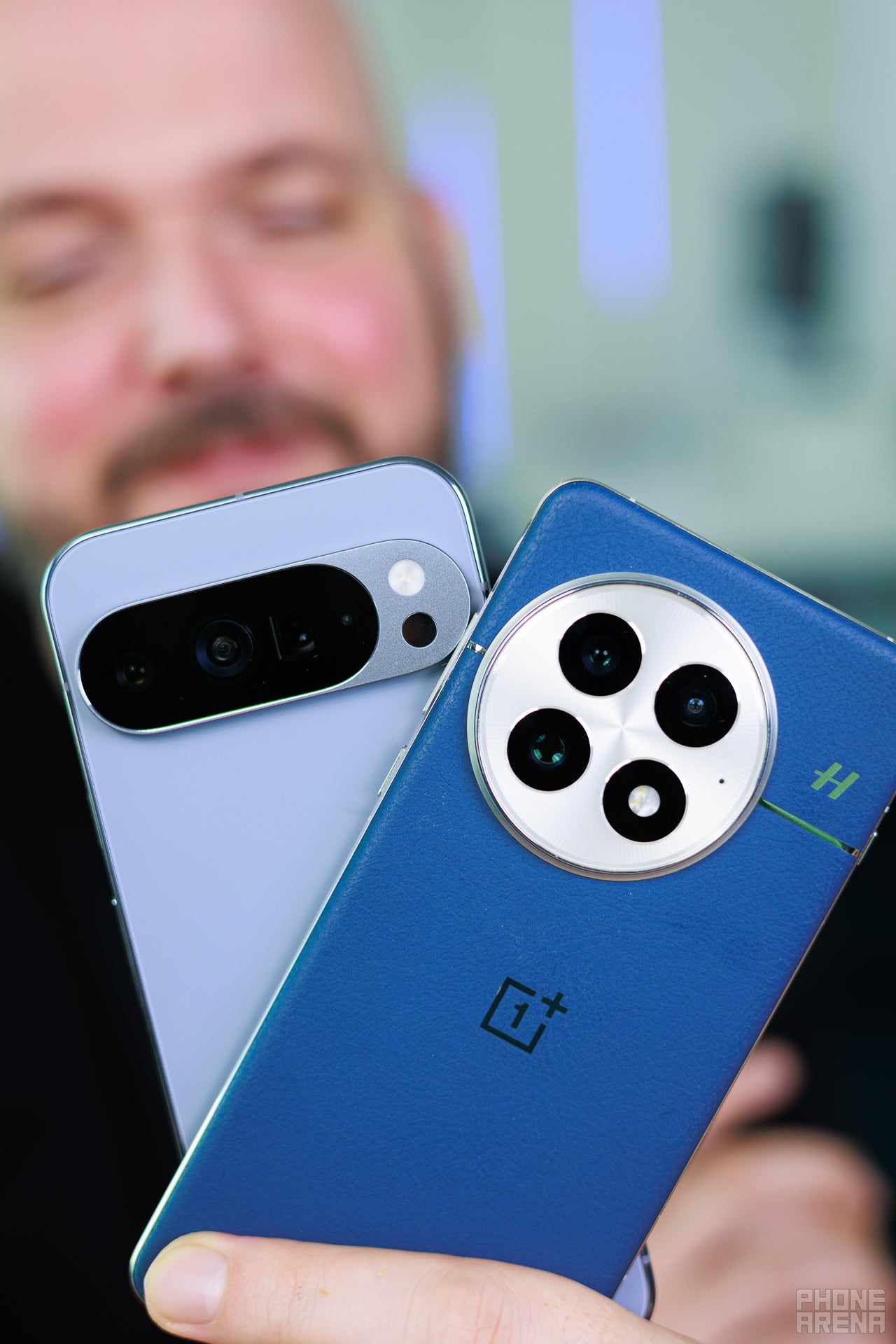
The Pixel 10 Pro XL camera system is basically unchanged compared to the Pixel 9 Pro XL. You get a 50MP main camera, a 48MP ultrawide, a 48MP periscope with 5X zoom, as well as a high-res 42MP front-facing camera.
PhoneArena Camera Score:
On our PhoneArena Camera Score, the Pixel scored significantly higher than the OnePlus 13 for photo quality, with a massive lead in main camera quality, but the two were close enough for video recording.
As a reminder, the OnePlus 13 has a 50MP wide, a 50MP ultrawide, and a 50MP 3X telephoto camera.
| Pixel 10 Pro XL | OnePlus 13 |
|---|---|
| Wide 50MP F1.68 | Wide 50MP F1.6 |
| Ultrawide 48MP F1.7 | Ultrawide 50MP F2.0 |
| Telephoto 48MP F2.8 5X zoom | Telephoto 50MP F2.6 3X zoom |
| Front 42MP F2.2 | Front 32MP |
Main Camera
Zoom Quality
Ultra-wide Camera
Selfies
Battery Life and Charging
One's in the silicon-carbon era, the other not
The Pixel 10 Pro XL sports a 5,200 mAh battery, while the OnePlus 13 features a much larger, 6,000mAh silicon-carbon battery cell. It's denser, so it packs larger capacity in a fairly compact cell.
The results are a bit of a mixed bag. The Pixel beats the OnePlus on our YouTube video streaming test, as it lasts exactly 10 hours compared to 9 hours and 12 minutes on the OnePlus. However, the OnePlus scored longer on our lighter web browsing test, outlasting the Pixel by nearly an hour.
PhoneArena Battery and Charging Test Results:
Charging-wise, the Pixel is the first Android phone with Qi 2.2 magnetic wireless charging. Finally! Google calls this whole ecosystem Pixelsnap and it is also compatible with Apple's MagSafe chargers.
The OnePlus 13, on the other hand, has its own special trick. It comes with super-fast 100W wired charging as well as 50W wireless charging. Achieving both of those speeds requires OnePlus' bespoke chargers though; a wall adapter is available in the box.
Specs Comparison
Here's how the Pixel 10 Pro XL and the OnePlus 13 specs compare:
| Pixel 10 Pro XL | OnePlus 13 |
|---|---|
| Size, weight 162.7 x 76.6 x 8.5 mm 232 gr | Size, weight 162.9 x 76.5 x 8.5 mm 210 gr |
| Screen 6.8" OLED 120Hz 3,300 nits | Screen 6.8" OLED 120Hz |
| Processor Tensor G5 3nm | Processor Snapdragon 8 Elite 3nm |
| Versions: 16GB/256GB 16GB/512GB 16GB/1TB LPDDR5 | Versions: 12GB/256GB 12GB/512GB LPDDR5X |
| Cameras: 50MP main 48MP ultra 48MP 5X zoom 42MP front | Cameras: 50MP main 50MP ultra 50MP 3X zoom 32MP front |
| Battery: 5,200 mAh | Battery: 6,000 mAh |
| Charging: USB-C 45W wired 25W wireless | Charging: USB-C 100W wired 50W wireless |
Also read:
Summary
The Pixel 10 Pro XL is an excellent flagship and being the newer phone, it has some new AI tricks up its sleeve. But it's not cheap and realistically speaking, $1,200 is a lot of money for a phone with a processor that only compares to Android flagships from a couple of years back.
On the other hand, the OnePlus 13 is a great deal, priced at just $900. Its camera quality, however, is not quite on par witht the Pixel, but the performance and fast charging speeds kind of make up for that in a way.
Which one would you go for?
Follow us on Google News



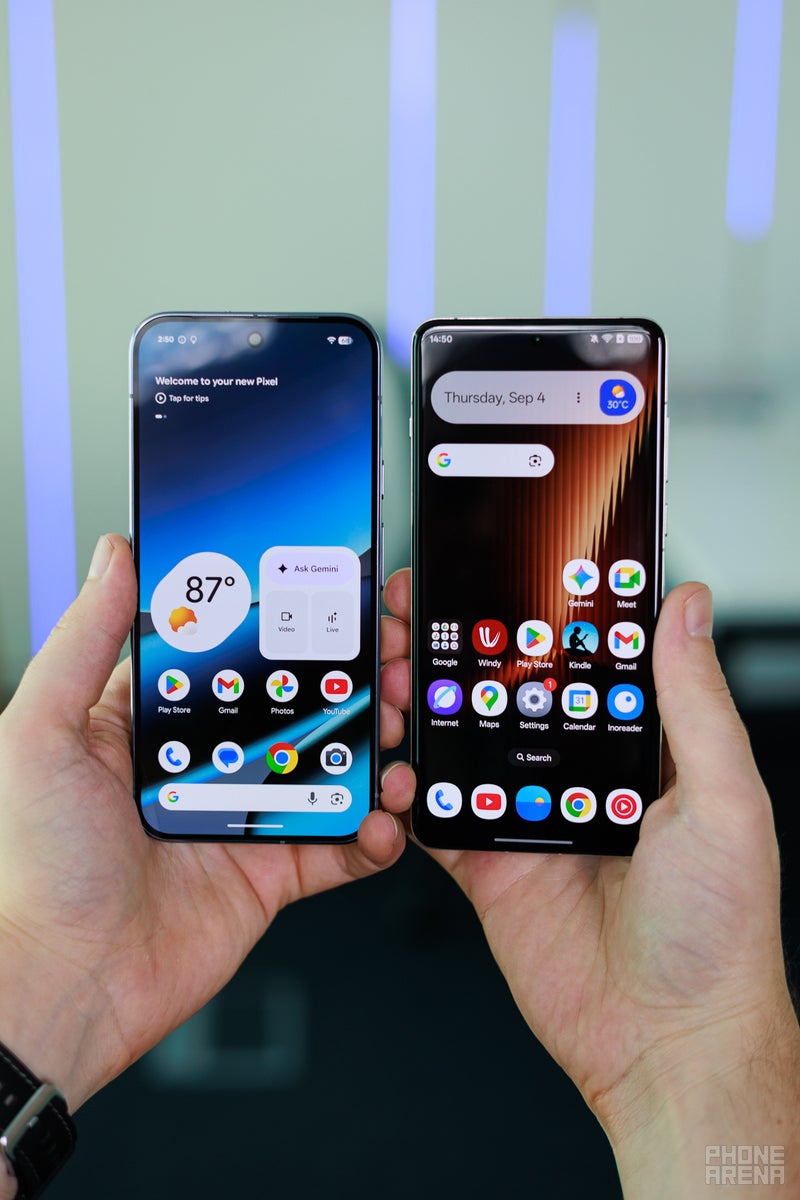
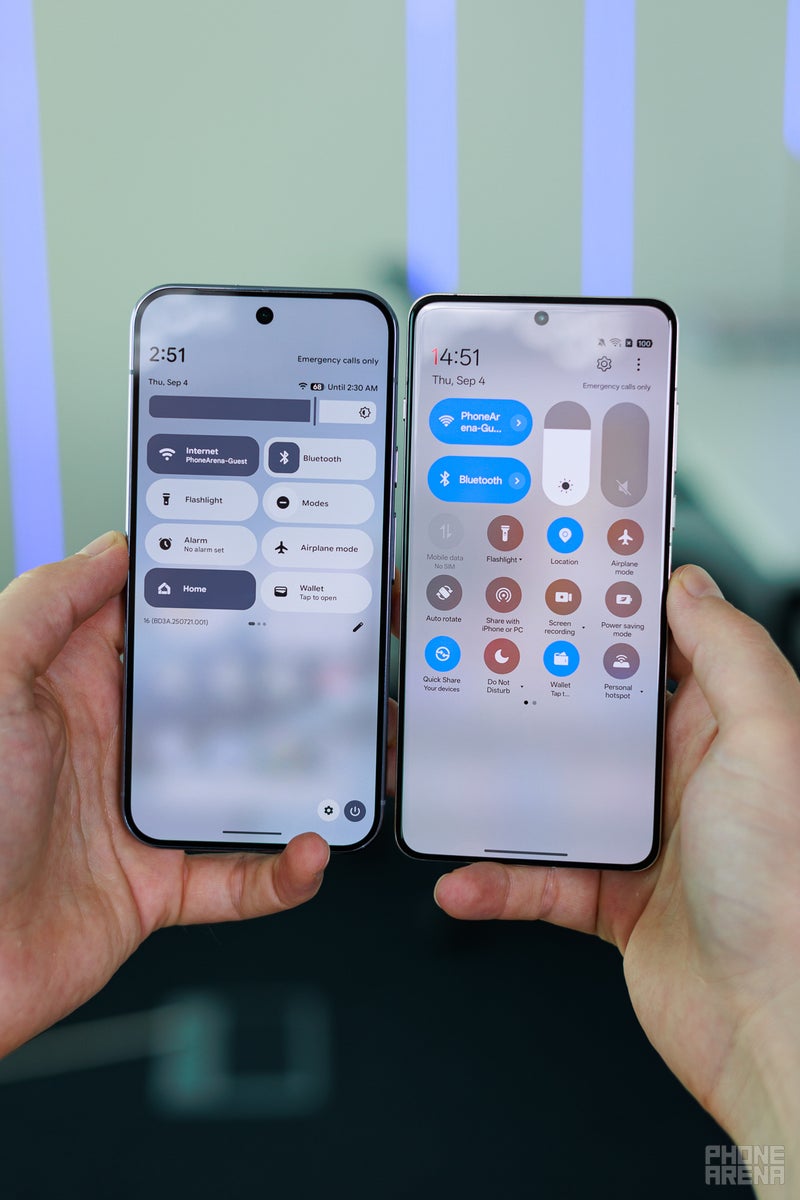
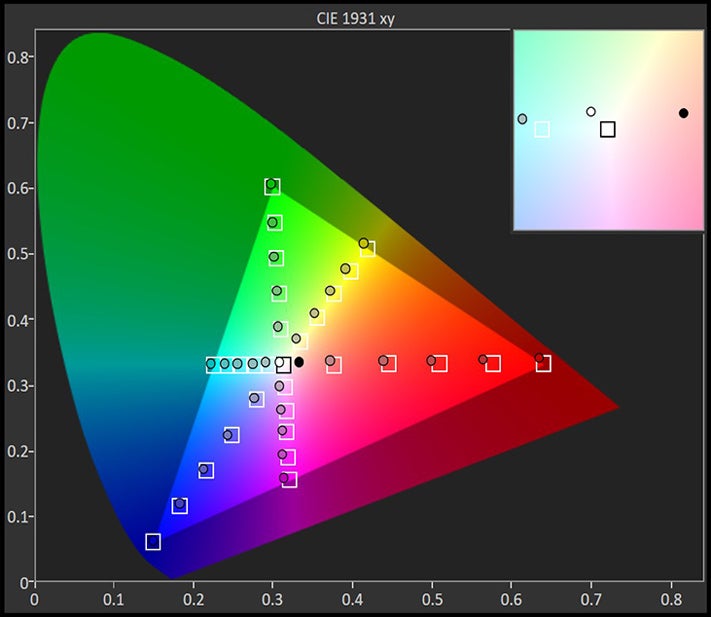





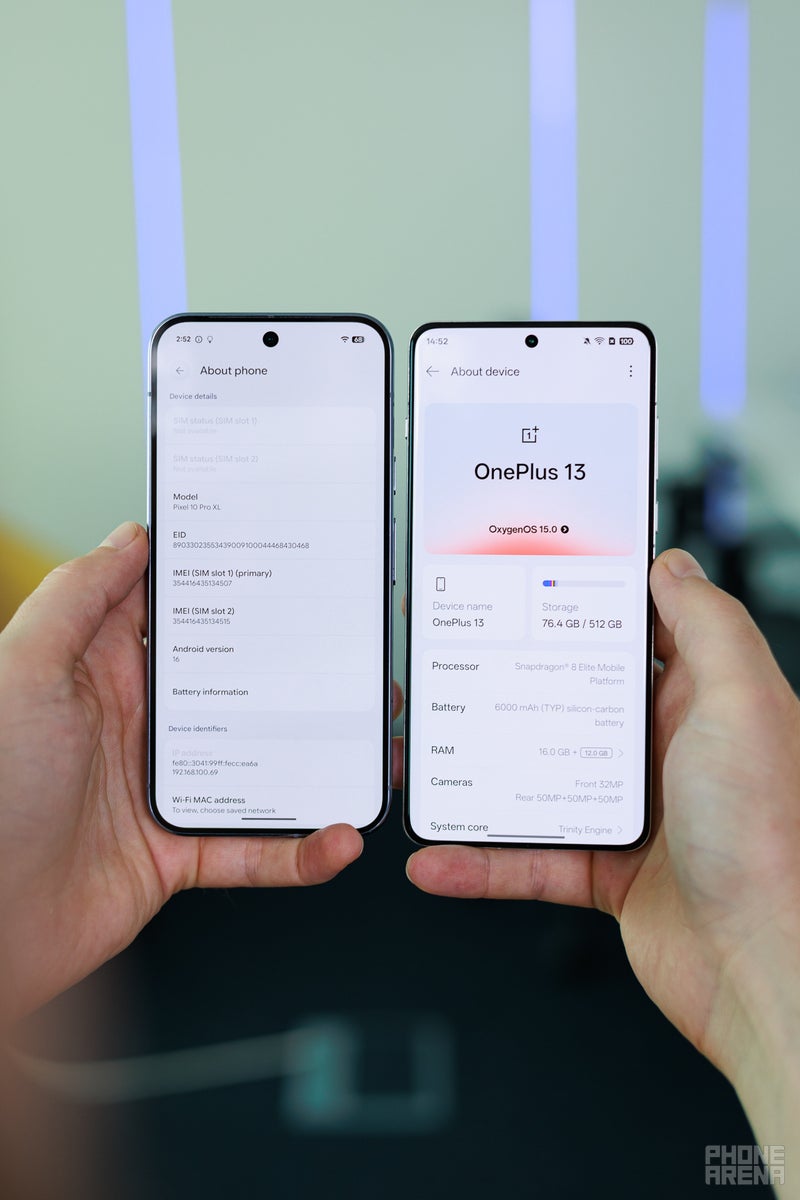
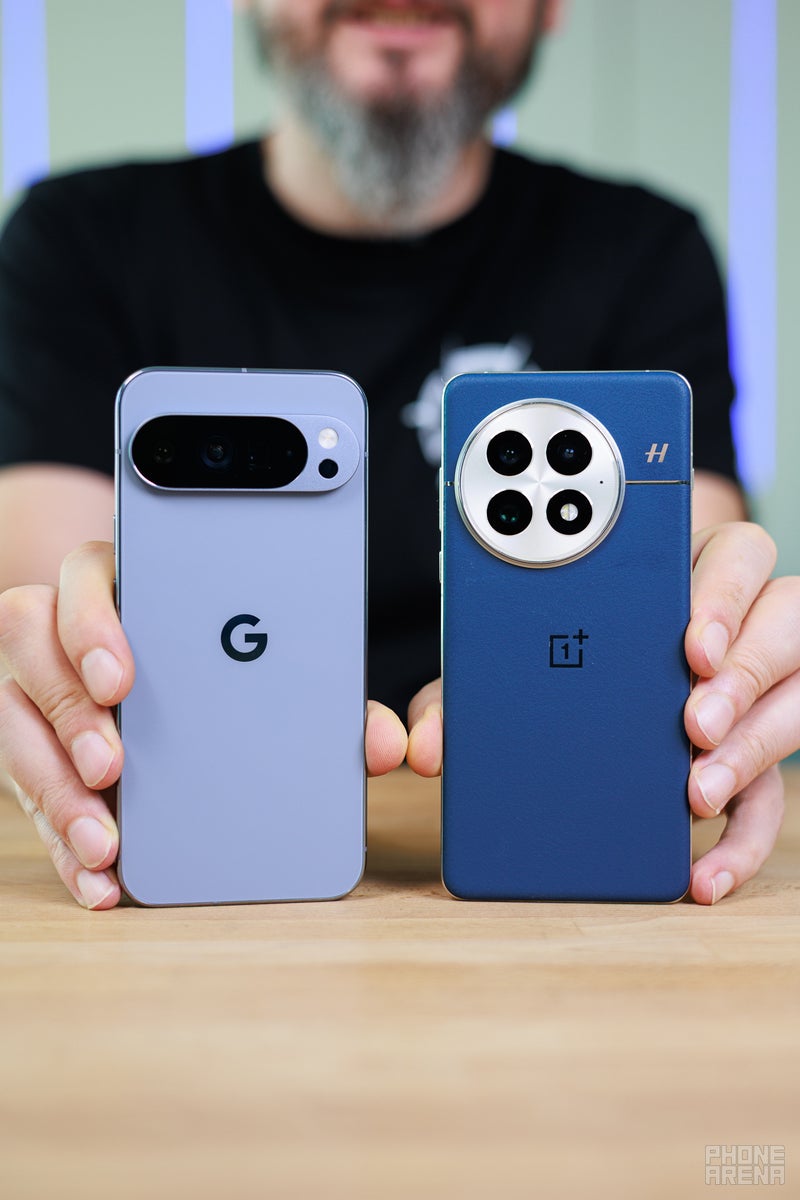



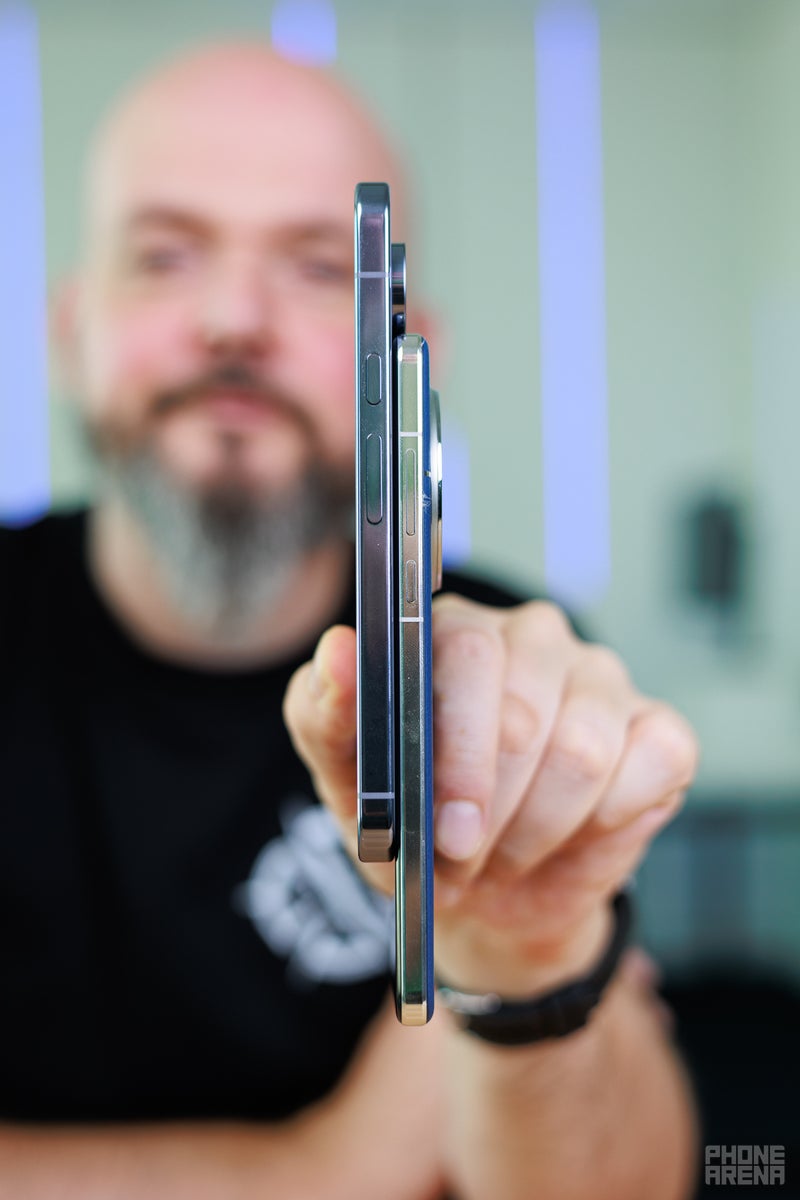

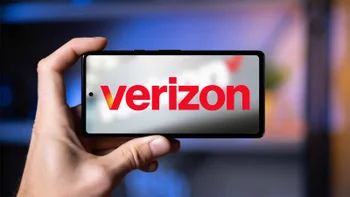

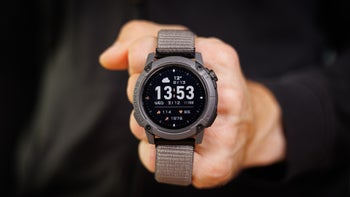
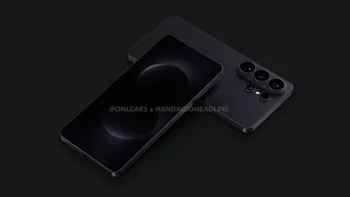




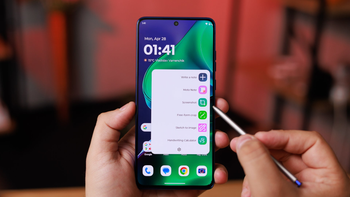


Things that are NOT allowed:
To help keep our community safe and free from spam, we apply temporary limits to newly created accounts: